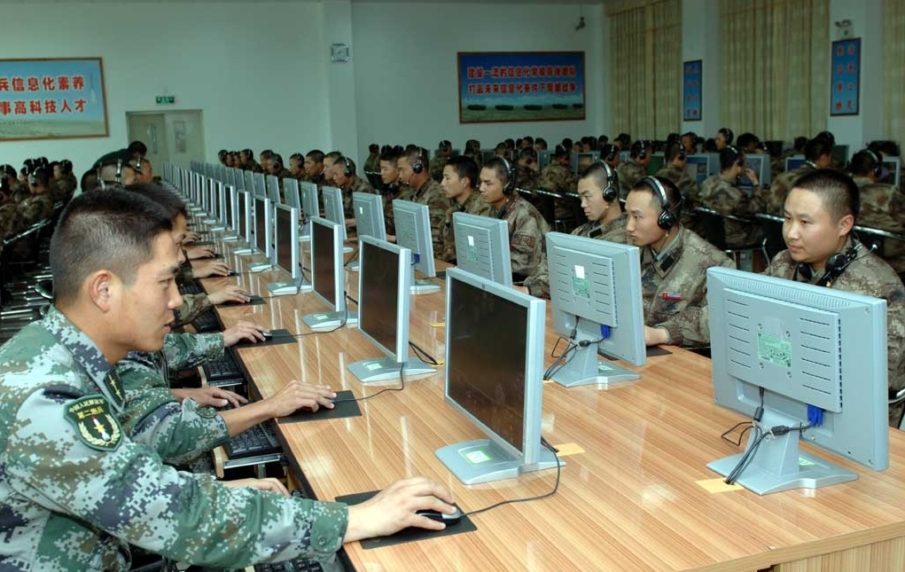Targeting China’s ability to control information is an efficient means to offset Chinese power. To be effective, the United States should adopt a “whole of government” approach, leveraging cyberspace and other information-related capabilities that can hold China’s domestic internet filtering, censorship, and information dissemination capabilities at risk.
This campaign should operate across the entire spectrum of conflict and engagement, from public diplomacy and strategic communication, to battlespace preparation, limited conflict, and if de-escalation is unsuccessful, full-spectrum military operations. It will likely require coordination and administration at the highest civilian leadership level. This will be a long-term campaign aiming to counter China during the critical window in the next 10 to 20 years, when Chinese economic and military power will surge, and then subside as demographic factors limit its growth, causing China to enter into a period of decline, inherently shifting its focus inward to to maintain stability.
The United States will have to address three broad issues: access, authorities, and capabilities. Internet access into China is restricted from the outside, and it is reasonable to assume that during a period of rising tensions or even conflict, traditional means of accessing China’s “red space” (civilian, military, and government networks) will not be available. The U.S. will need alternative avenues into Chinese networks, which may take the form of radio frequency injection into wireless networks (Bluetooth, WiFi and WiMAX)[i] to other methods targeting the physical and logical network layers and cyber-persona layers[ii] of cyberspace for pre-placement of access.
Read the rest here.










COMMENTS
You must become a subscriber or login to view or post comments on this article.